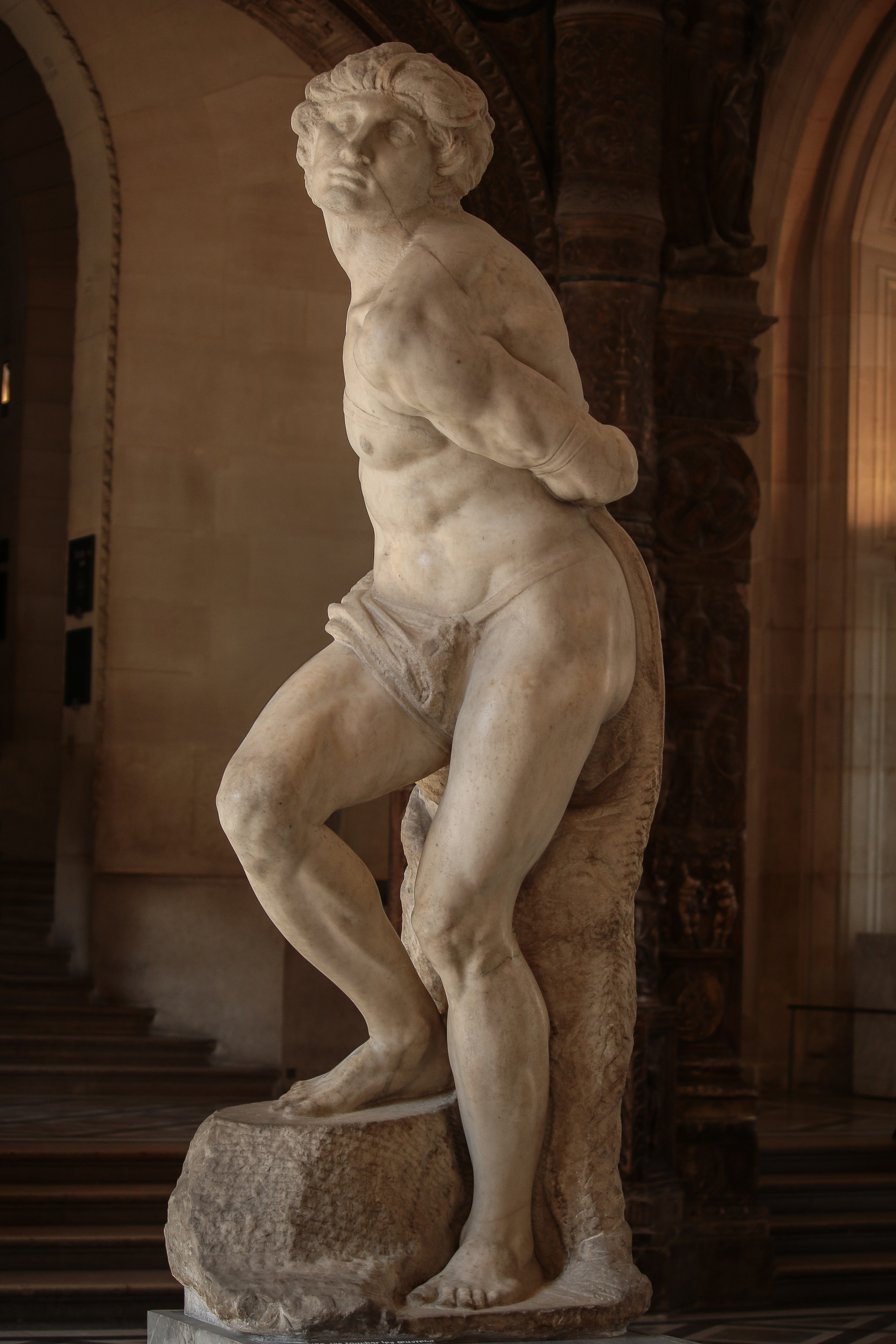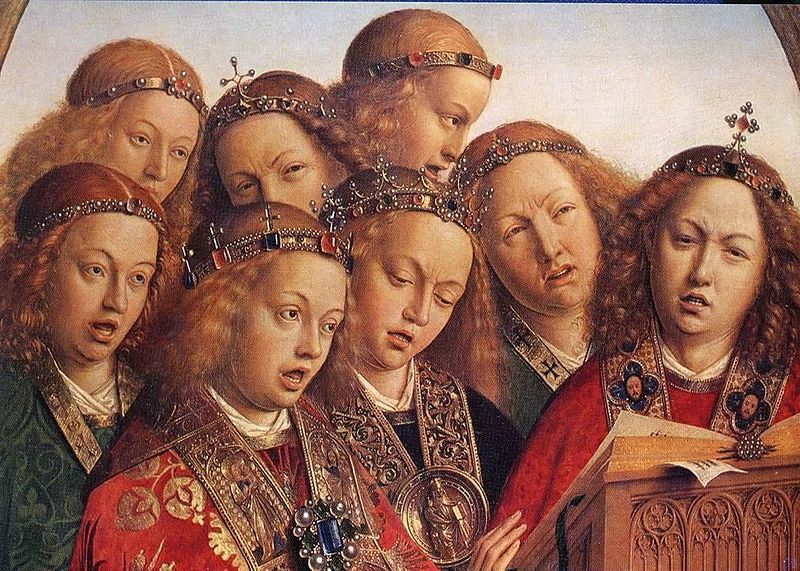Discovery of Mirror Neurons
Mirror neurons constitute a system of visuomotor cells that fire not only when an organism performs an action but also when it observes a similar action performed by another organism, conspecific or not (Rizzolatti and Craighero 2004, Gallese 2009). They were discovered in the early 1990s in the premotor area F5 and subsequently in the inferior parietal lobule of macaque monkeys; mainly by inference from studies using electroencephalography, magnetoencephalography, and brain imaging, they are said to exist also in humans (Gallese 2007, 2008; review by Rizzolatti and Fabbri-Destro 2010).
As soon as they were discovered, mirror neurons were hailed as providing the bases of language, “theory of mind” (the ability to attribute mental states to others), imitation, empathy (and therefore morality), art, social cognition, as well as social life and intersubjectivity in general (hence the hypothesis that mirror neuron dysfunction underlies autism).
A widespread way of understanding the role of mirror neuron systems is to say that they simulate (“mirror”) observed actions, whether performed or depicted, and that such “embodied simulation” is the foundation of our capacity unconsciously to make sense of the actions, emotions, and sensations of others.
Cells That Read Minds
"On a hot summer day 15 years ago in Parma, Italy, a monkey sat in a special laboratory chair waiting for researchers to return from lunch. Thin wires had been implanted in the region of its brain involved in planning and carrying out movements.
Every time the monkey grasped and moved an object, some cells in that brain region would fire, and a monitor would register a sound: brrrrrip, brrrrrip, brrrrrip.
A graduate student entered the lab with an ice cream cone in his hand. The monkey stared at him. Then, something amazing happened: when the student raised the cone to his lips, the monitor sounded -- brrrrrip, brrrrrip, brrrrrip -- even though the monkey had not moved but had simply observed the student grasping the cone and moving it to his mouth."
Continue reading:

Cells That Read Minds, an article by Sandra Blakeslee at the NYT


The source of the image above is a recent article on the contributions of mirror neurons to neuroscience, by JohnMark Taylor, a PhD student in the Harvard University Psychology Department. Read on:
Mirror Neurons After a Quarter Century: New light, new cracks
The articles below are some of the first published about the discovery of mirror neurons:nullRizzolatti G., Fadiga L., Gallese V., and Fogassi L. (1996). Premotor cortex and the recognition of...Learn more about what are mirror neurons and what is their suspected role in aesthetic appreciation:

Mirror-neuron-based embodied simulation theory thus brings us back to the question “What does neural hermeneutics contribute to the understanding of art and of the aesthetic and artistic relations?” It proposes mechanisms that may be universal as well as necessary for perceiving and responding to artworks. Indeed, we experience visceral sensations when we encounter tormented bodies in art. But we also feel them before early modern instructions for judicial torture or present-day journalistic reports and photographs of atrocities or gruesome accidents. In all cases we may be moved to disgust, compassion, and indignation; we may feel prompted to act or paralyzed with fear or despair; we may also be curious or admiring, find the object praiseworthy or contemptible; and we may experience any combination of the above, and more.





















0 comments
Sign in or create a free account